- Have any questions?
- +86-189 8930 5995
- sales@mosinterchem.com.cn
Tilmicosin phosphate CAS 137330-13-3

Ofloxacin hydrochloride CAS 118120-51-7
10/12/2018
Moxifloxacin CAS 151096-09-2
10/12/2018| Model: | MOS137330-13-3 |
| CAS: | 137330-13-3 |
| Molecular formula: | C20H22N2O4 |
| Molecular weight: | 354.3997 |
| Boiling point: | 528.7°C at 760 mmHg |
| Refractive index: | 1.578 |
| Flash point: | 273.5°C |
| Density: | 1.219g/cm3 |
| Vapour Pressur: | 2.91E-11mmHg at 25°C |
Tilmicosin phosphate (CAS: 137330-13-3)
| ITEM | SPECIFICATION | INDEX |
| Appearance | White or Faint yellow powder | Faint yellow powder |
| Identification | 1.should complies with the phosphate identification test
2.HPLC: the retention time obtained from the test solution corresponds to that obtained from the standard 3.Infra: red spectrum Infra: red spectrum of the sample corresponds to that reference standard |
1.complies with
the phosphate 2.Same 3.Same |
| PH | 5.5 ~ 7.5 | 6.3 |
| Water, % | ≤ 5.0 | 2.2 |
| Individual related substance, % | ≤ 3 | 1.9 |
| Total related substance, % | ≤ 10 | 5.6 |
| Cis-isomer, % | 82.0 ~ 88.0 | 85.6 |
| Trans-isomer, % | 12 ~ 18 | 14.4 |
| Content, % | Tilmicosin ≥ 75 | 77.2 |
Name: Tilmicosin phosphate
English Name: 20-Deoxo-20- (3,5-dimethyl-1-piperidinyl) desmycosin phosphate
CAS No .: 137330-13-3
Molecular formula: C46H80N2O13.H3PO4
Molecular Weight: 967.14
Properties: white
Phosphate Tilmicosin
Phosphate Tilmicosin
Pale yellow powder
Purpose: Tilmicosin has macrolides similar antibacterial activity against gram-positive bacteria and some of gram-negative bacteria and mycoplasma
Tilmicosin is a macrolide antibiotic. It is used in veterinary medicine for the treatment of bovine respiratory disease and ovine respiratory disease associated with Mannheimia (Pasteurella) haemolytica.
Pharmacology
(1) pharmacodynamic and tylosin antibacterial effect similar to the main anti-gram-positive bacteria, Gram-negative bacteria and mycoplasma minority are also effective. Its Actinobacillus pleuropneumoniae, Pasteurella and mycoplasma livestock activity stronger than tylosin. It is reported that 95% of hemolytic Pasteurella strains sensitive to the chemicals. (2) The pharmacokinetics after oral or subcutaneous injection of the product is absorbed quickly, tissue penetration, large volume of distribution.
use
Main used to control strains caused by pneumonia and mastitis in cattle, but also for pigs, chickens mycoplasma disease.
Drug Interactions
See erythromycin. The goods and adrenaline can be combined with the promotion of pigs to death.
note
(1) This product is prohibited intravenous injection. Niu an intravenous injection of 5mg / kg that is lethal to pigs, primates and horses have lethal risk. (2) intramuscular and subcutaneous injection can be local reactions (edema), also not in contact with the eye appears. Within subcutaneous injection site should be selected on the shoulder rib area after cattle. (3) This toxicity target organ is the heart, can cause tachycardia and contractility. (4) when the FDA should closely monitor cardiovascular status. (5) The product of injecting drug use with caution in animals other than cattle. (6) the withdrawal of cattle subcutaneously on the 28th, 14th pigs orally. Lactation cows and meat calves disabled.
Dosage
Subcutaneous injection once per kg of body weight once a day 10mg 2-3 cattle each injection point does not exceed 15mL
Mixed feeding pig feed per 1000kg 200-400g (with tilmicosin meter)
You must be logged in to post a review.

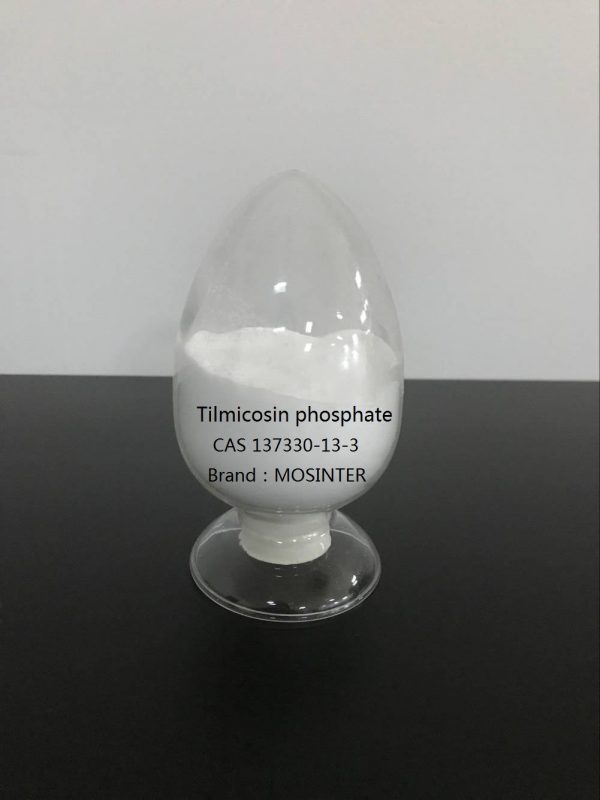
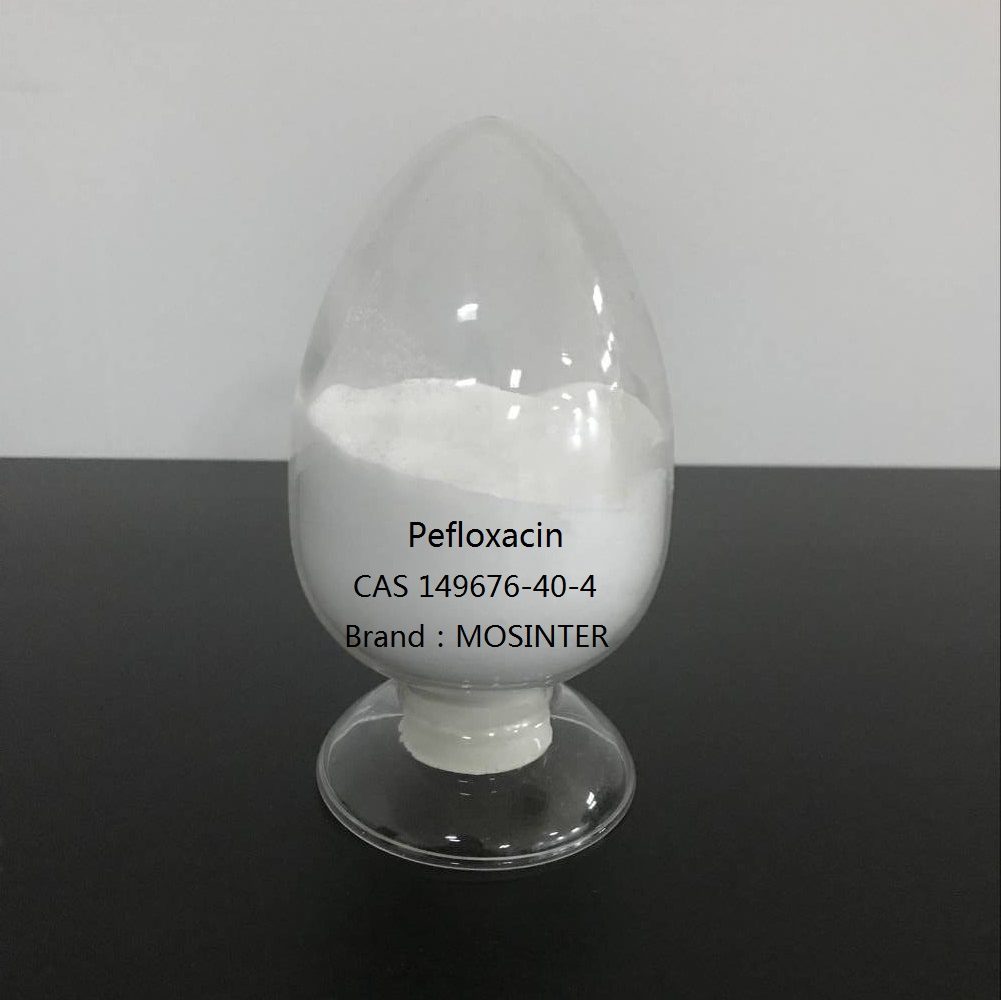
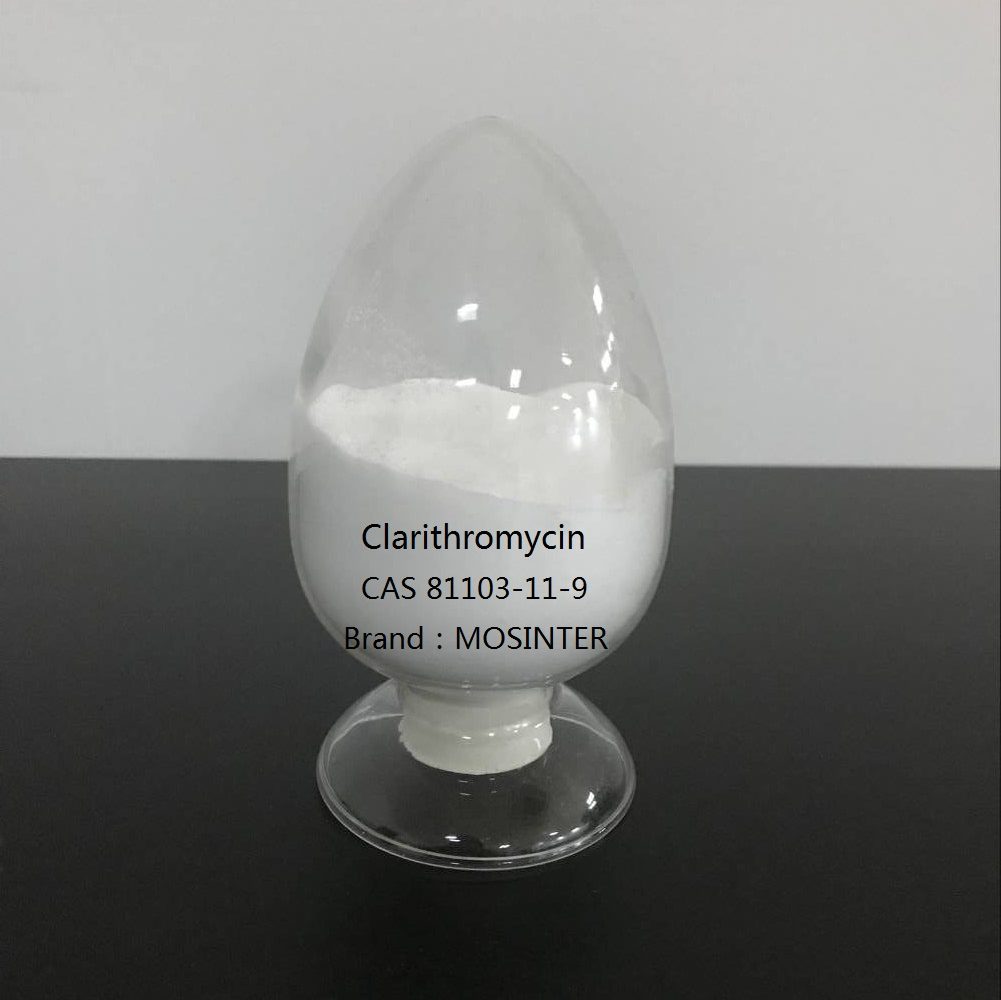
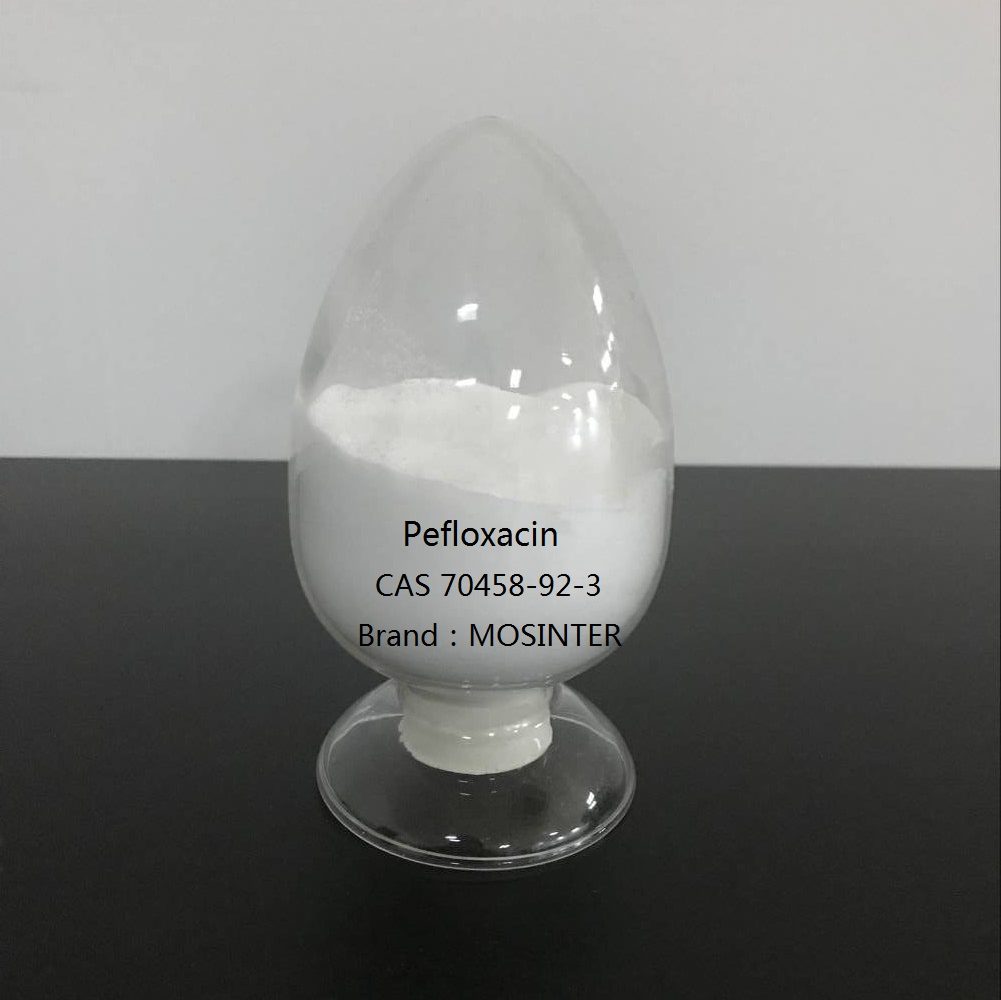
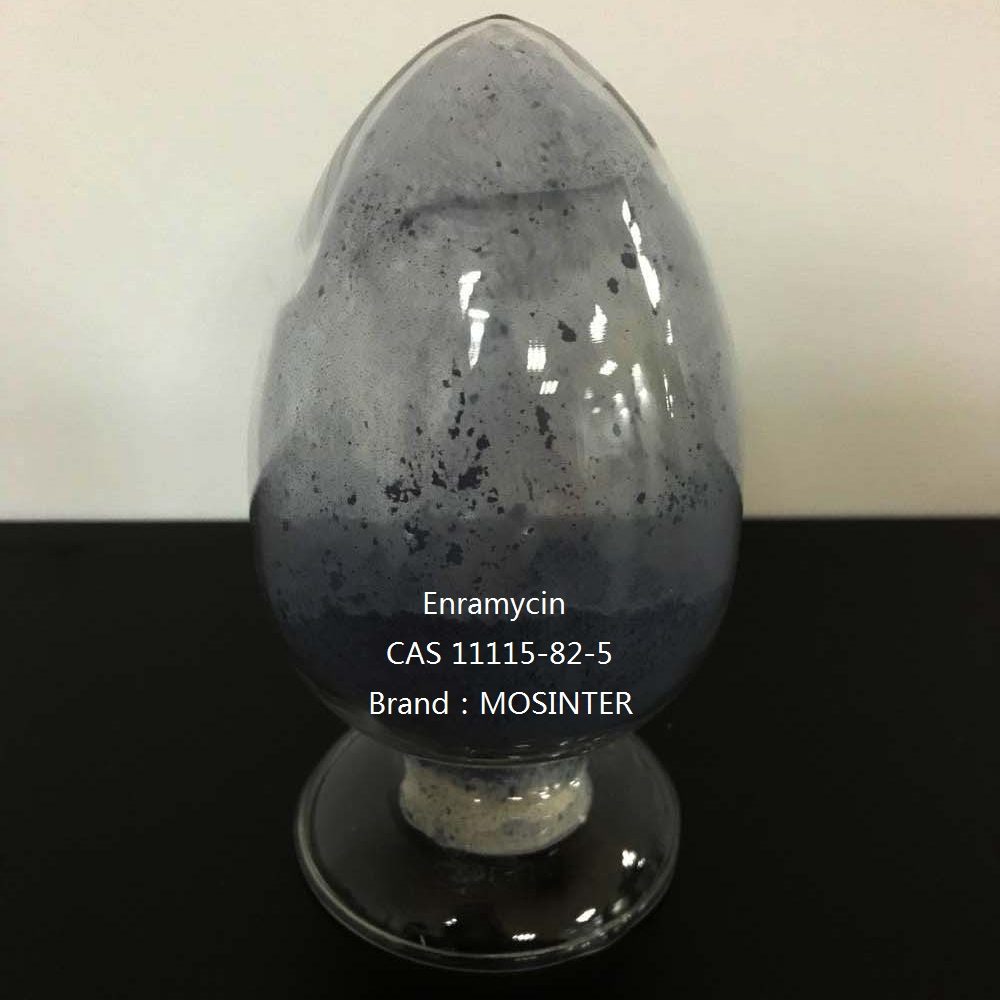
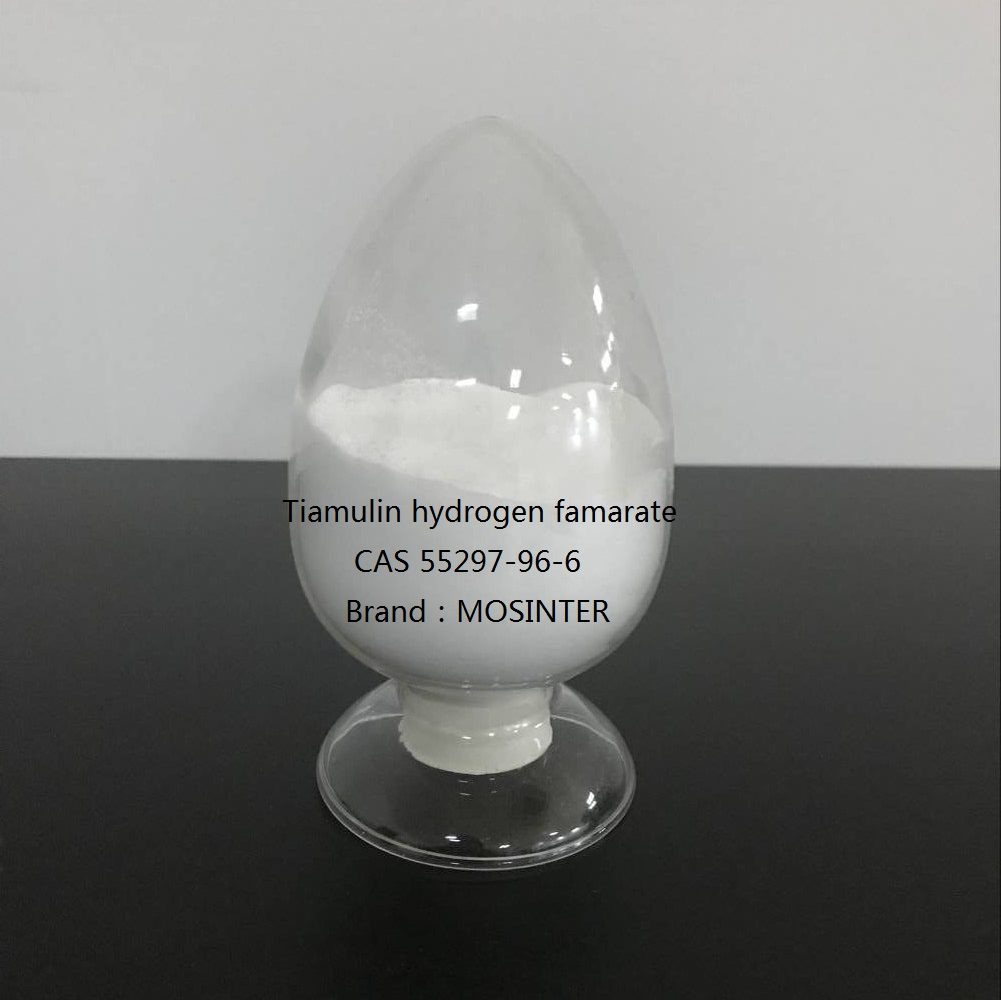
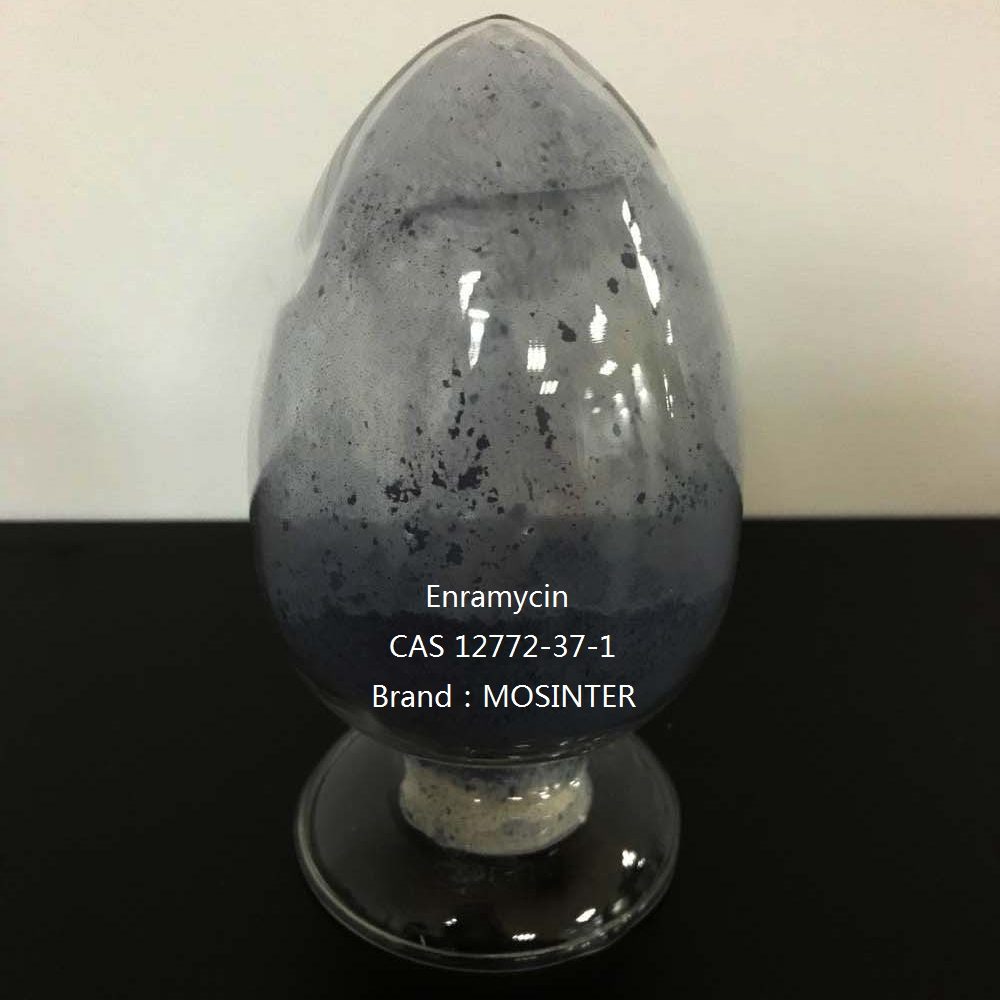
Reviews
There are no reviews yet.